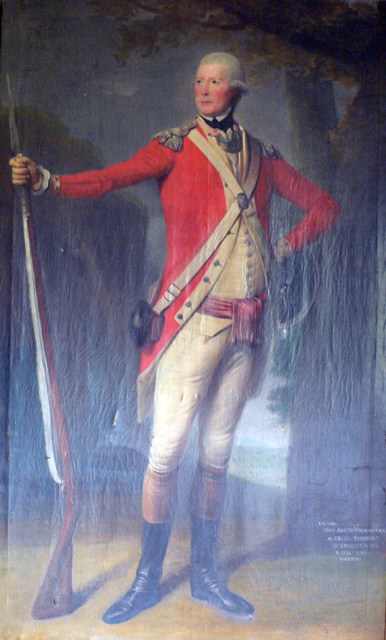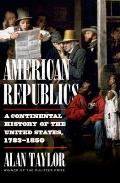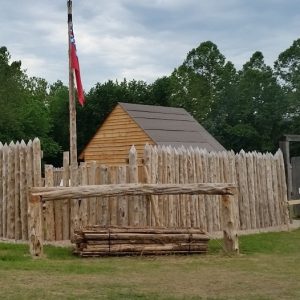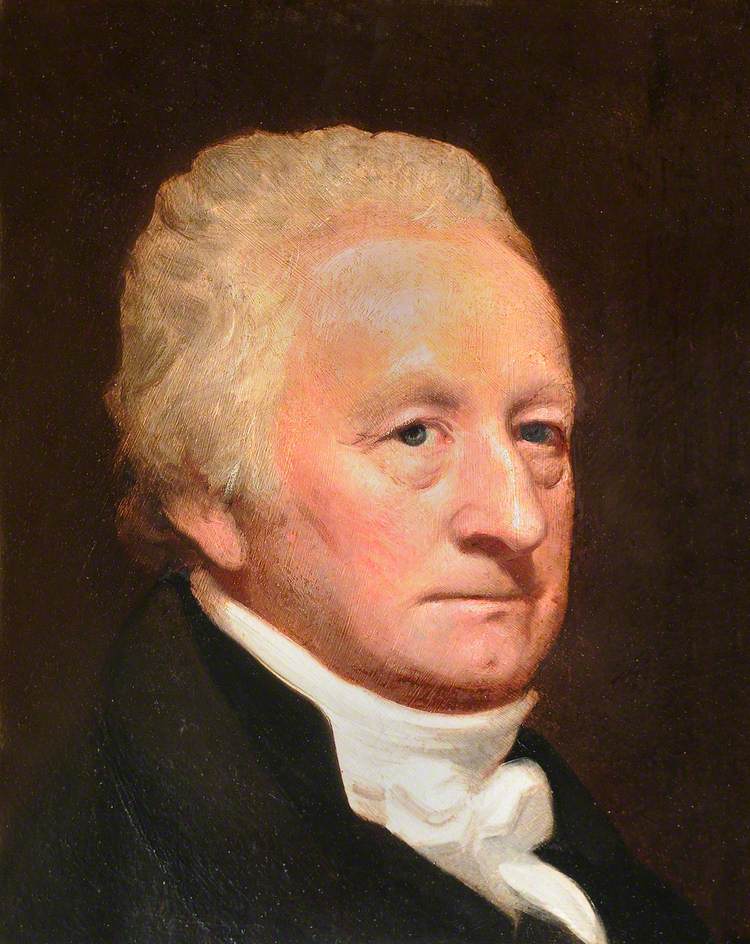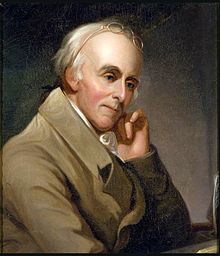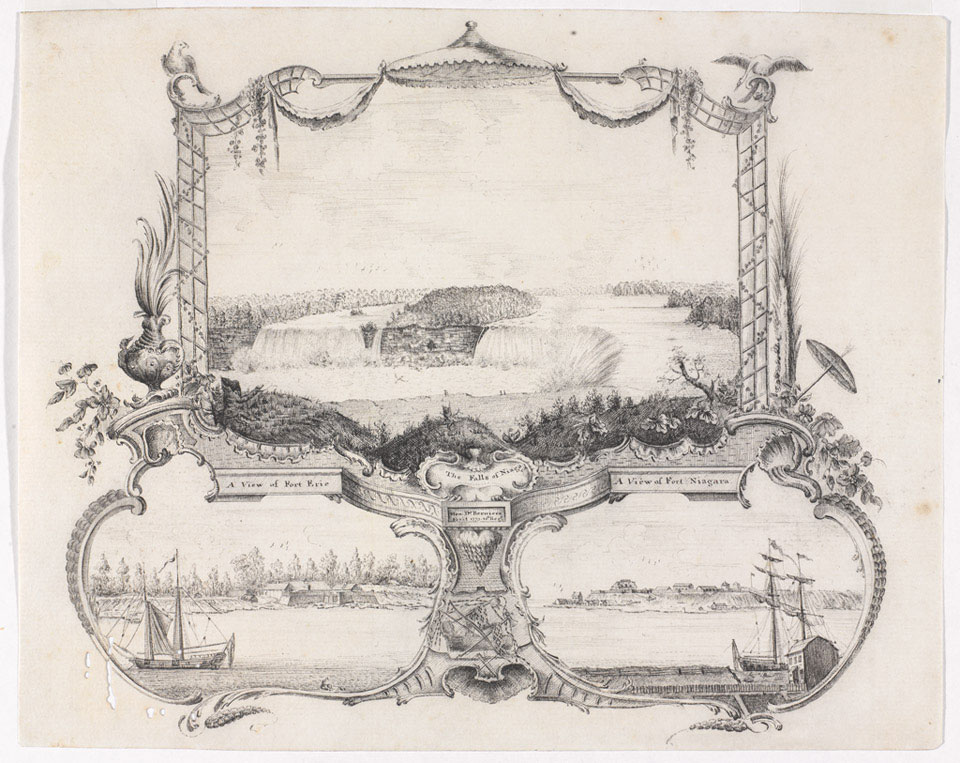As I
discussed yesterday, in 1688 the
medical school graduate Johannes Hofer (1669-1752) published a dissertation proposing a new diagnostic term: nostalgia.
The symptoms of this condition, Hofer wrote, included:
continued sadness, meditation only of the Fatherland, disturbed sleep either wakeful or continuous, decrease of strength, hunger, thirst, senses diminished, and cares or even palpitations of the heart, frequent sighs, also stupidity of the mind—attending to nothing hardly, other than an idea of the Fatherland
The young doctor medicalized (and Hellenized) a condition that his fellow
German-speaking Swiss were already calling
Heimweh.
Over the next few decades other Swiss physicians wrote about the same condition. Some of them described spotting those symptoms in Swiss soldiers working far from home as mercenaries. They debated causes, with J. J. Scheuchzer (1672-1733) theorizing that the problem was the change in altitude from the Alps. No one appears to have blamed the experience of war, however.
Eventually the concept of nostalgia or
Heimweh traveled to other European countries. It became
mal du pays in
French-speaking Switzerland and then France, listed in a French medical manual by 1754.
The word “homesickness” appeared in English in 1756, just a little too late for Dr.
Samuel Johnson’s dictionary. The Scottish physician and professor
William Cullen (1710-1790, shown above) eventually included two forms of nostalgia,
simplex and
complicata, in his
Synopsis Nosologiae Methodicae. Again, doctors saw this problem arising from being away from home, not from experiencing trauma.
In the last decade of the eighteenth century, Revolutionary and Imperial France produced armies larger than Europe had ever seen, armies that swept across other countries as far as
Moscow. When some of those soldiers began to demonstrate signs of anxiety and depression, and—what militaries most care about—stopped being able to fight, physicians looked for reasons. Nostalgia was one diagnosis they discussed, hypothesizing that the symptoms would disappear when the men returned home. Today we might instead suspect those soldiers were suffering from post-traumatic stress disorder.
Over the next century, nostalgia evolved to mean something separate from homesickness. It came to refer to yearning for another time more than another place. It became a cultural condition, not a psychological or physical malady. By 1975 the origin of the term was so obscure that George Rosen published a paper titled “Nostalgia: A ‘Forgotten’ Psychological Disorder” in
Psychological Medicine.
I don’t have access to that paper, so I can’t assess how Rosen described the original characterization of the condition. Four years later Fred Davis wrote in
A Sociology of Nostalgia:
Coined by the Swiss physician Johannes Hofer in the late seventeenth century, the term was meant to designate a familiar, if not especially frequent, condition of extreme homesickness among Swiss mercenaries fighting far from their native land in the legions of one or another European despot. The “symptoms” of those so afflicted were said by Hofer and other learned physicians of the time to be despondency, melancholia, lability of emotion, including profound bouts of weeping, anorexia, a generalized “wasting away,” and, not infrequently, attempts at suicide.
As
reported yesterday, Hofer’s dissertation defining nostalgia did
not address “extreme homesickness among Swiss mercenaries.” His case studies involved civilians. Davis, and perhaps others before him, projected back from the interest in nostalgia among Swiss and later French military physicians in the 1700s to make soldiers part of the condition’s 1688 origin story, a crucial element of the diagnosis.
Meanwhile, in post-Vietnam War America, psychiatrists were recognizing what we now call post-traumatic stress disorder. And historians of medicine were recognizing that earlier generations of doctors had viewed much the same symptoms in earlier generations of war veterans, coming up with such diagnoses as soldier’s heart, shell shock, and combat fatigue.
We thus had two concepts that appeared to fit together perfectly:
- Seventeenth-century doctors coining the term “nostalgia” to describe signs of anxiety and depression in Swiss soldiers.
- A pattern of war-related P.T.S.D. cases lurking in the medical literature under other names.
It thus seemed logical to conclude that “nostalgia” was one of those names. Since the 1990s at least, that statement is common in discussions of both P.T.S.D. through history and the changing ideas of nostalgia. And for American authors, an eighteenth-century medical term must have been applied during the Revolutionary War.
But a look at Johannes Hofer’s dissertation shows that the first of those two concepts is mistaken. There is no link between his original diagnosis of nostalgia and military service. Hofer’s description didn’t go beyond what we now consider homesickness to mention soldiers or other people who had suffered trauma. It may well be that eighteenth-century war veterans suffered from P.T.S.D. and were diagnosed with nostalgia, but that doesn’t mean all or even most cases of nostalgia from that time were triggered by military trauma.
TOMORROW: Three Revolutionary War discussions of nostalgia.



